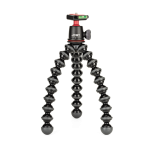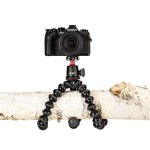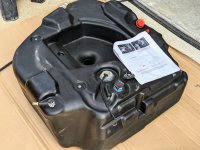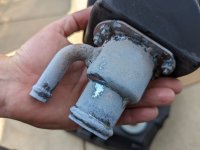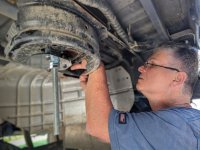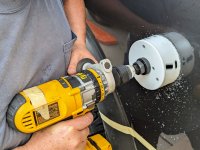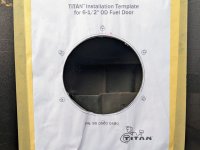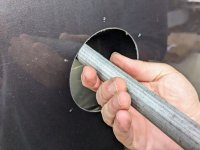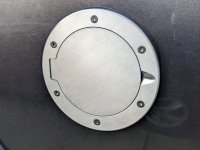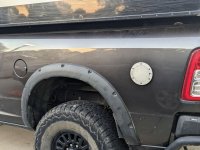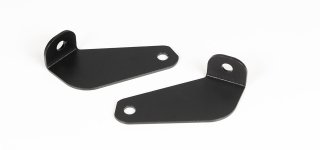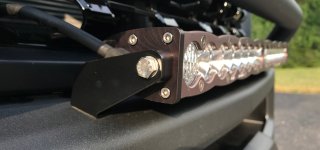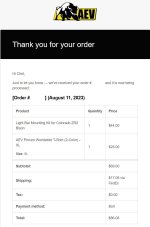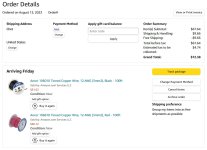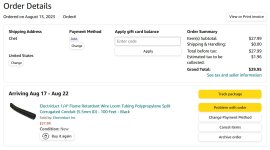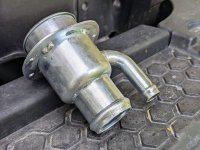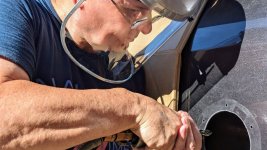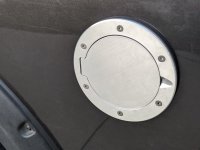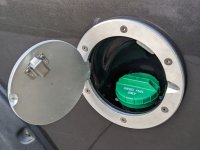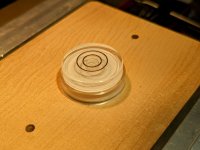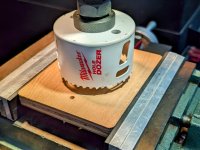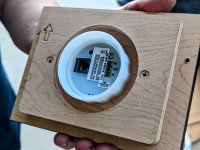ramblinChet
Well-known member
Trans New Jersey Trail
Part Two of Two
Part Two of Two
Another overland trail is in the books - I completed the Trans New Jersey Trail (450+ mi) in five days and covered a total of 563 miles of mixed roads. The northern half was approximately 95% paved roads and 05% dirt or gravel whereas the southern section was approximately 80% dirt of gravel and 20% paved roads. My combined drive time was 28-hours and I averaged 12.4 mpg. If you have time available and desire to complete the entire trails I say go for it. If you only have a two or three day weekend I would recommend the southern half of the trip and maybe even squeeze in an extra day and visit Atlantic City which is in the middle of the southern half.
Once I entered the Brendan T. Byrne State Forest the look and feel of the forest around me continued to remind me of Florida. The white sandy two-track, burned pines everywhere, and ferns, confused me since I had never expected to encounter this type of habitat this far north. The forests in the southern section of New Jersey are just beautiful and the original creator of this trail, @Xplorr313, rightfully deserves all the credit for a job well done. So much fun to be had - in New Jersey!
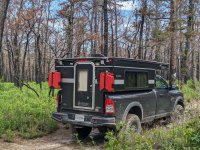
Even some of the tea-colored water crossings reminded me of past adventures in the Blackwater River State Forest in Florida. The water turns this tea-like colors due to the tannic acid from nearby trees. As I ventured south I began to encounter many more "puddles" that were on average 20-30 feet in diameter and one to two feet deep. There were a few that were a full three feet deep although those usually had a shallower section. My recommendation is to physically verify the depth and bottom conditions prior to attempting to cross. I have often considered purchasing an ultra-light pair of chest waders for this purpose.
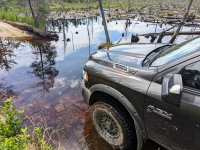
It was confusing to me since I was passing in and out of so many different areas in the southern section but all were beautiful and although similar to others nearby, each had it's own distinct flavor. This was in the Greenwood Forest Wildlife Management Area.
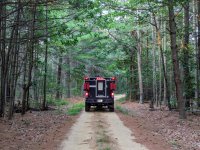
Much of my time exploring the southern half of the TNJT looked just like this section of forest service road. There were not many areas that were cleared and available for camping but I am guessing if you really did some work and spoke with the rangers in the specific areas, some would be pointed out. Again, much of the confusion I encountered was related to passing through different areas controlled by different public service entities. I recall driving down a gravel road with the Warren Grove Recreational Area on one side and the West Penn Pygmy Forest on the other. I am not complaining but instead pointing out my confusion and suggesting you may require a deep dive into maps depending upon where you plan to camp along this trail.
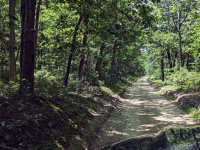
Out of the forest and heading to the shore of Delaware Bay. I know I have mentioned this a few times already but this southern of the TNJT trail never stopped surprising me. I considered spending much time in this area on the shore but unfortunately my adventure rig was swarmed by dozens of Greenhead horse flies. These were the most violent little insects I have encountered in many years.
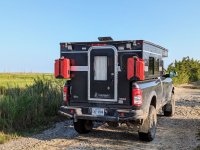
After I completed my adventure I scanned the map and noticed that Wildwoods was only minutes away. What an amazing coincidence! If you want, you can always cross the water from the southern tip of New Jersey to Lewes, Delaware, by way of the Cape May-Lewes Ferry. I decided it was too expensive for my full-time budget plus I had already scheduled a visit to Wilmington and Dover which were both up north.

I will close with my favorite picture from this north to south New Jersey overland adventure. After all of this I have a different impression of the state and look forward to visiting again soon - I hope you do too!

Last edited:

